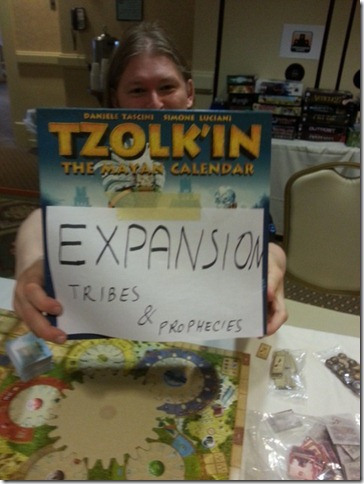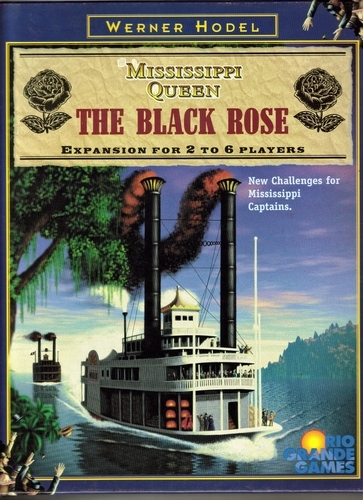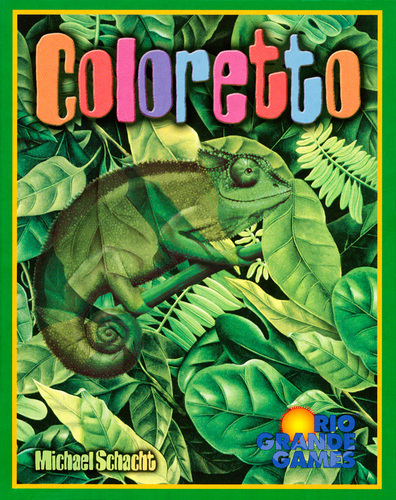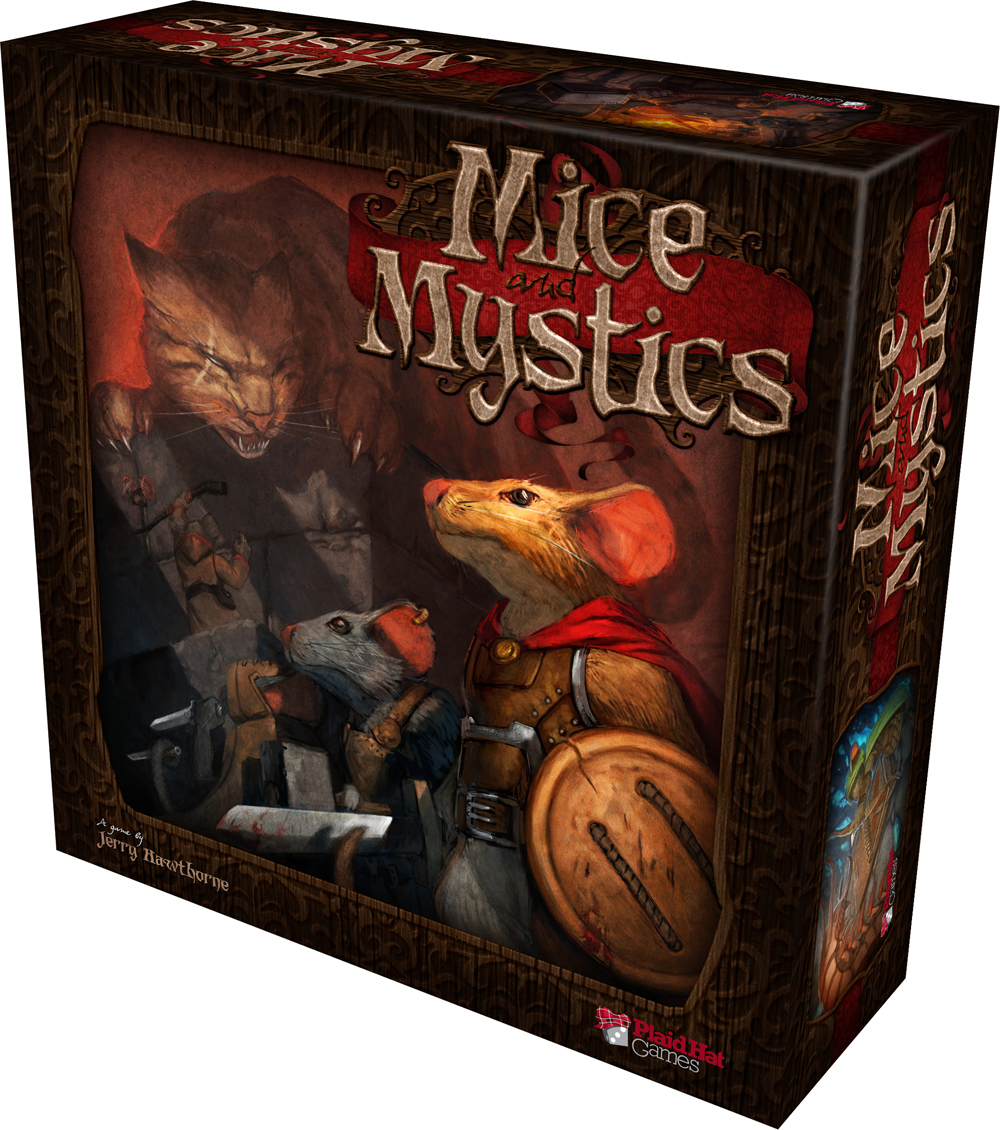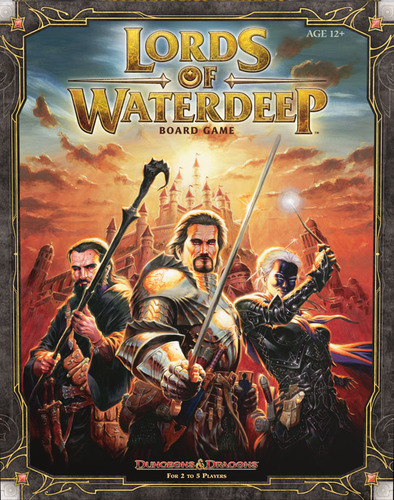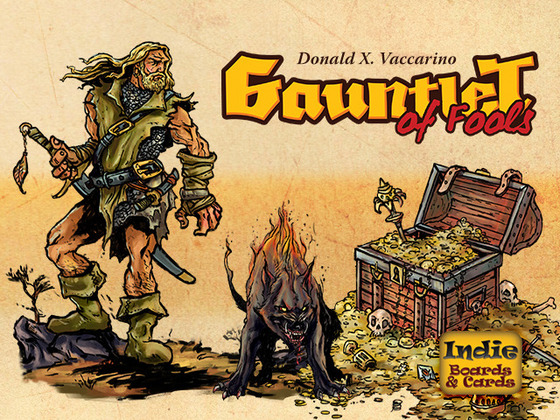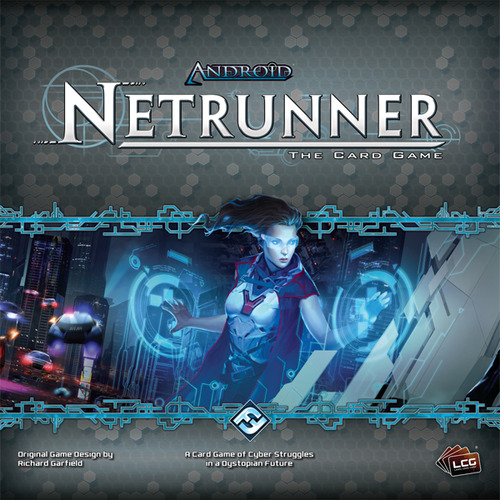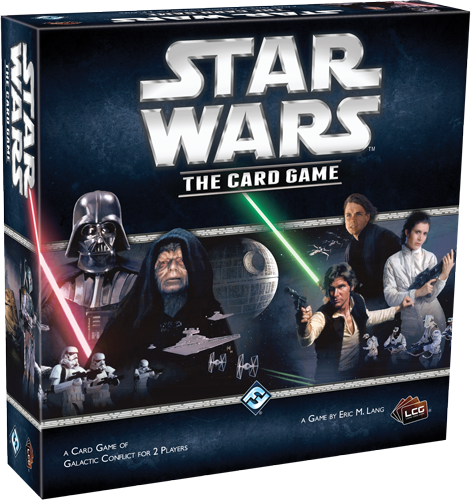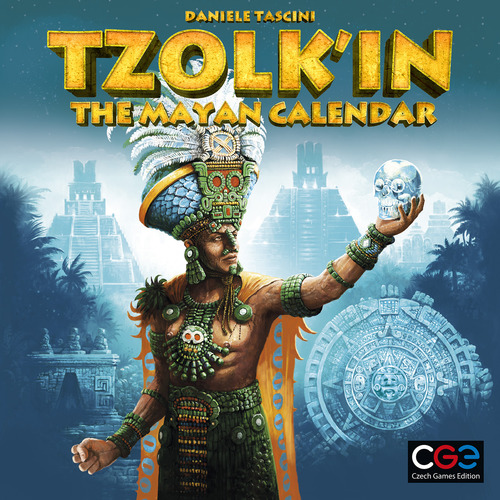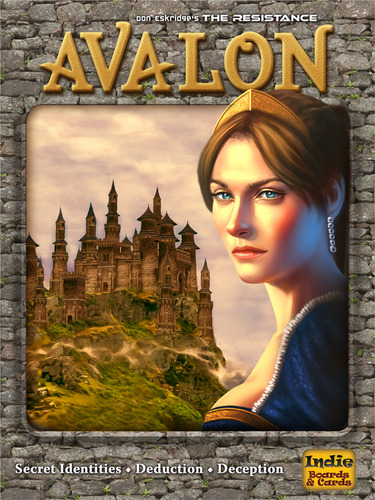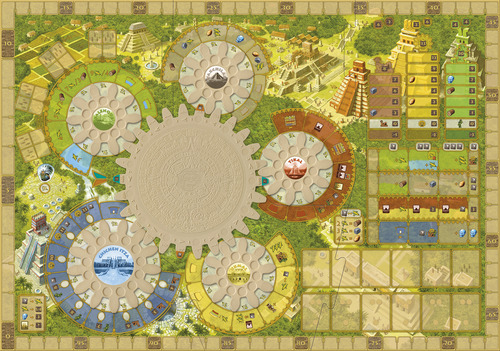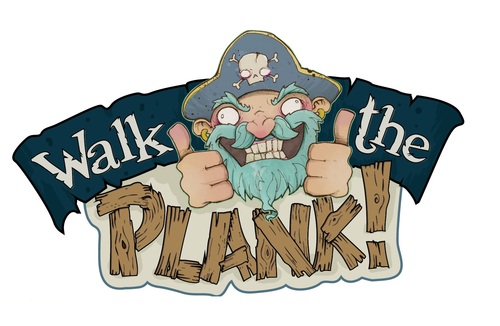 This is a special interview for me (Firestone). Jared and Shane are the designers of the new game Walk The Plank, which you can find on Kickstarter here. But more than that, they’re members of my own game group, and friends. I’m thrilled they agreed to let us interview them.
This is a special interview for me (Firestone). Jared and Shane are the designers of the new game Walk The Plank, which you can find on Kickstarter here. But more than that, they’re members of my own game group, and friends. I’m thrilled they agreed to let us interview them.
So tell us a little about yourselves.
J—I spend a good chunk of my time playing games or studying and dissecting games to better understand their inner workings. When I’m not playing or designing games, I find myself interested in other creative pursuits such as programming or cooking.
S—What would you like to know? Born and raised Colorado native. Spend most of my time working, sleeping, or gaming. On occasion I’ll go outside, but the sun is not my friend.
How did you guys get started playing these type of games?
J—I’ve been a gamer all my life. This was mostly limited to video games until a college buddy introduced me to the local boardgame store and I’ve been hooked ever since. I still love digital games, but board games offer something different, and it’s awesome to have such a wide variety of games available to explore.
S—I started playing board games with my family when I was a little kid. The usual classics, and as I got older I spent a lot of time by myself playing board games and video games. When you switched schools every year as I did from 2nd through 6th grade, it’s hard to keep friends. So I really got into gaming and it just grew from there.
How did Walk The Plank come about?
S—I had a dream. It was about pirates all trying to shove each other off the plank. It seemed like it would be a cool game, so I came up with a quick, and pretty much all random, dice game. I showed it to Jared, and with his help it turned into a much better and way-more-fun design.
J—Shane came up with the core idea near Talk Like a Pirate Day 2007. Shane’s initial game was mechanically weak, but I loved the concept. So, drawing on our experience from other games, we worked together to find better mechanics to truly make the concept shine.
What was the process for getting it published?
S—To be honest, most of that was on Jared. He pushed for getting it published, and so I'll let him tell the tale.
J—We’d had some prior interest from Indie Boards & Cards, but they decided to pass. We also got a narrow 2nd place in a design contest run by Rio Grande. It was clear people really liked the game from this interest and our playtests, but we didn’t have the time and resources to pursue it further.
I was fortunate enough to have a chance to go to Origins 2012—my first gaming convention. Making sure not to squander this opportunity, I printed up several spec sheets for the game, planning on presenting the game to as many publishers as possible. I was nervous and not really sure where to start; I’d already been chatting with the people at the Mayday booth a bit, so I decided to start there.
I met Seth, the owner of Mayday Games, shortly thereafter and showed him Walk the Plank. He was interested right from the start; the game fit perfectly into Mayday’s product line, and he found the theme and mechanics a lot of fun. A little later I had a chance to play a full game with Seth and his son—and he loved it. Two days later I had a contract in my inbox.
Are there any other games you guys are working on?
S—I haven’t worked on any others with Jared, but there are always game ideas in the works. None that have turned out to be worth showing off yet. The closest I got to one I thought was playable, but haven’t finished, was my attempt at a dice game. I didn’t look to see if anyone else has done it yet, but after talking with another guy from our group, Devin, we decided there needs to be an Oregon Trail Dice game. If anyone wants to give it a go, let me know.
J—As Shane said we aren’t currently working on anything else together, but I have a handful of designs in progress. Several have interesting mechanics or concepts, but I don’t currently have anything I’m happy enough with to start playtesting heavily. I’d like to have a 2nd finished design within the next 1-2 years, so we’ll see what comes to pass.
What are your five favorite games right now? And what do you like about them?
J—My all-time favorites would probably be Time’s Up, Crokinole, Mao, Galaxy Trucker, and Liar’s Dice. The 5 I’m currently most interested in would be Hanabi, Article 27, The Resistance, Time’s Up, and Tzolk’in. Hanabi is an amazing cooperative game of deduction with a lot of room for clever plays. Article 27 I’ve only had the chance to play once, but it’s such a pure and elegant negotiation game that I’m very enthusiastic about trying it more.
The Resistance continues to be a fantastic team game of deduction, though I wish it wasn’t so heavily biased in the spies’ favor. Time’s Up is always a blast and it’s just a great feeling to be in that zone where you and your teammate are in synch, nailing card after card. Tzolk’in deserves the hype and the gears aren’t just a gimmick—a fresh and interesting take on worker placement with a strong back-end to support it.
S—Favorite anything for me changes on a daily basis, but if I had to list them off the top of my head I’d do so in this order: Galaxy Trucker, Twilight Imperium 3rd Ed., Space Alert, Merchants & Marauders, and Ghost Stories. I love games with theme. I don’t care how long it takes to play as long as I can immerse myself in the story.
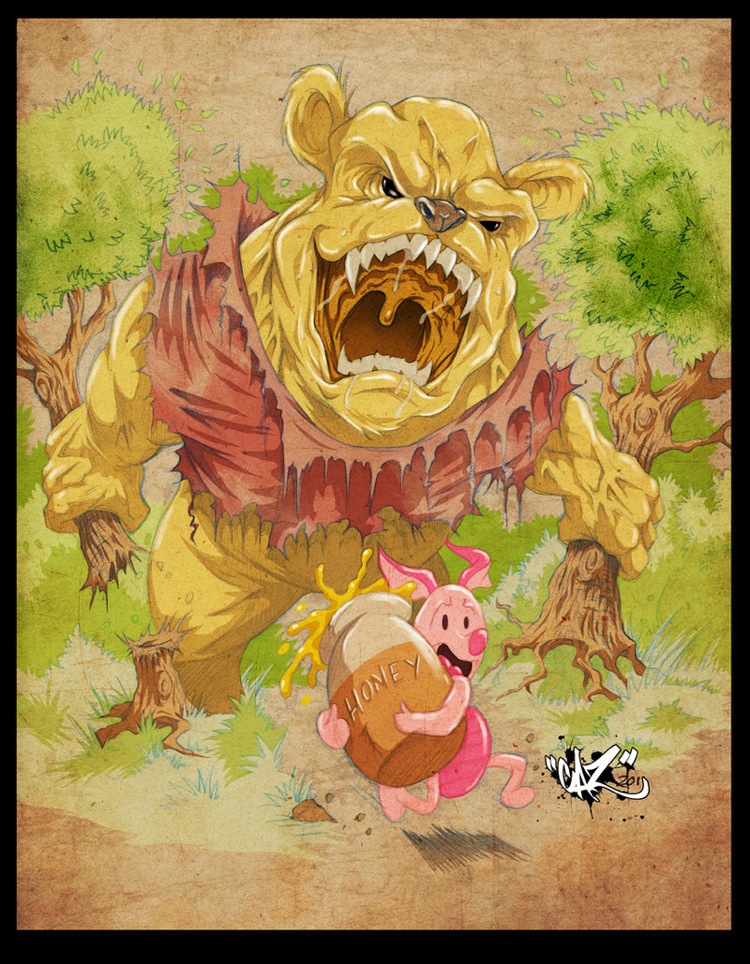 Jared, I know you’re a big Time’s Up! fan—having played many, many games with you. What’s your favorite Time’s Up memory?
Jared, I know you’re a big Time’s Up! fan—having played many, many games with you. What’s your favorite Time’s Up memory?
So many to choose from! Probably the most recent great memory was the ferocious dinosaur-beast known as Winnie the Pooh... Other classics include the inability for anyone to remember Mr. E. Lee’s first name, Buzz Lightyear the Nazi, and of course Maya Angelou the fighter plane.
Shane, you’re a big Vlaada Chvatil fan. What is it you like about his games so much?
He is my favorite designer. Why? Theme and mechanics. I find most of his games just grab my imagination. And most of his designs are very different, so you can play several and know that each is its own game. I haven’t found one yet that I didn’t enjoy.
What upcoming games are you most looking forward to?
S—There’s a lot coming out lately that I want. I can’t wait for Zombicide Season 2, looking forward to trying Sails of Glory, and Star Trek: Attack Wing, to name a few.
J—I’m cautiously optimistic toward Bora Bora—I haven’t especially liked a lot of Feld’s recent games but I like what I’ve heard of the mechanics so far. Compounded looks interesting simply because I like alchemical themes. Beyond that, I’m sure there are plenty of other interesting titles coming out within the next year—I just don’t know about them yet!
5 Questions with 1-Word (or Phrase) Answers
Best thing about Babylon 5?
S—The Shadows.
J—The... space... pirates?
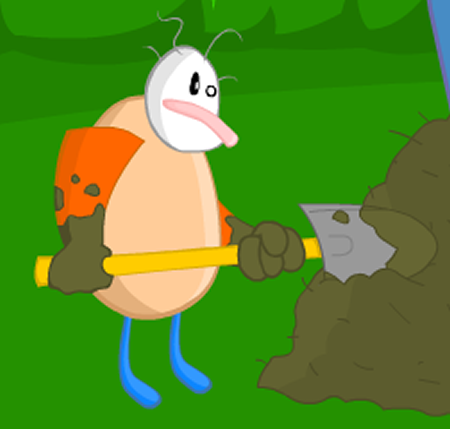 Worst thing about Babylon 5?
Worst thing about Babylon 5?
S—G’Kar
J—It’s 110 hour-long episodes, so I probably won’t get around to actually watching it. Ed note: This explains your answer to Question #1...
Llamas? Yea or nay?
J—Llama School or bust!
S—Llama llama duck
The Cheat or the Poopsmith?
J—Does the Poopsmith perform lightswitch raves? I didn’t think so.
S—Coach Z
What is “the” word?
S—Is this where I’m supposed to say bird? I’ll play your game and say bird.
J—Hobo.
Thanks to Jared and Shane for answering our questions! And go check out the Kickstarter campaign! There's less than a week to go; trust me: This is a really fun game.
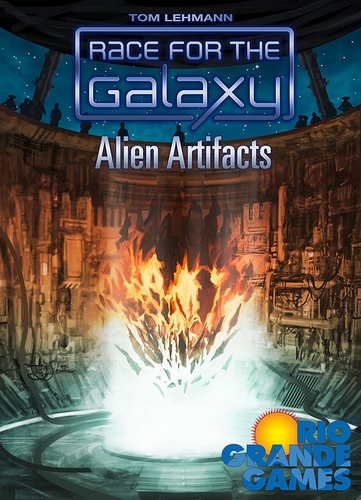 By Firestone
I'm starting to think we're going to discover actual alien artifacts before the new Race For the Galaxy expansion is released...
By Firestone
I'm starting to think we're going to discover actual alien artifacts before the new Race For the Galaxy expansion is released...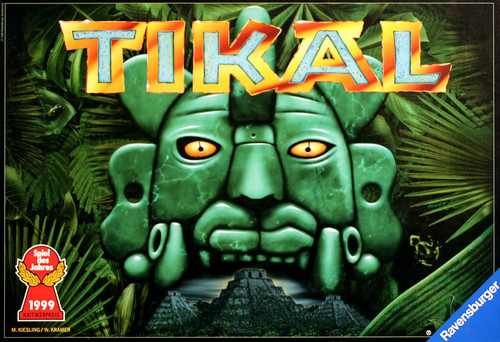 Let's look at just a few examples.
Let's look at just a few examples.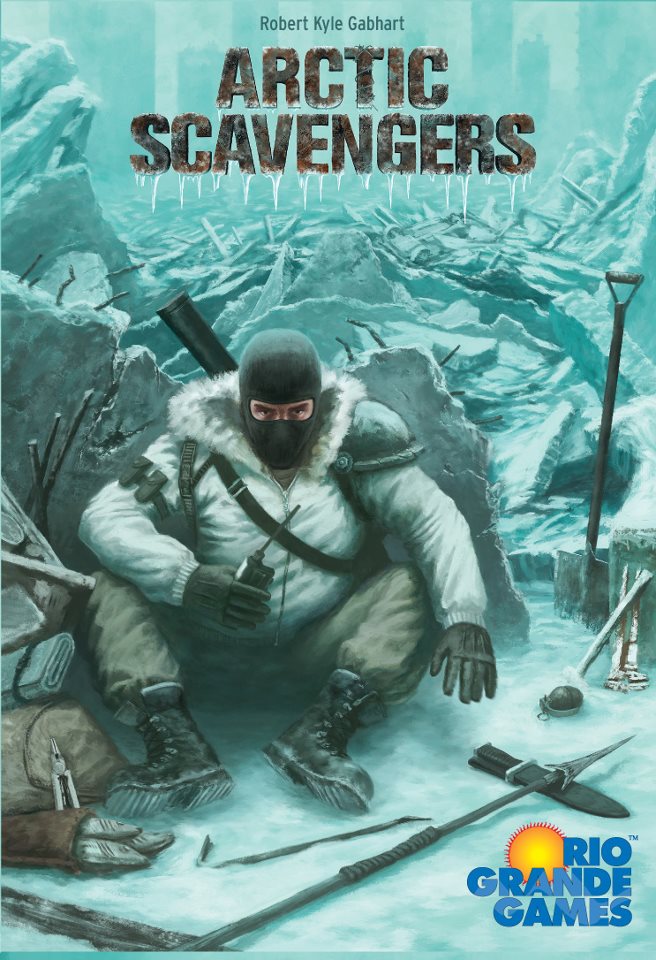 Rio Grande used to sit atop the heap when it came to Euro publishers. That's not the case anymore. Lots of new companies have come risen up to challenge that—and they're winning. There are lots of factors when it comes to why these new publishers have been able to grow and become players in the market, and I'm convinced that one of them is Rio Grande's inability to hold a release date on anything that's not Dominion.
Rio Grande used to sit atop the heap when it came to Euro publishers. That's not the case anymore. Lots of new companies have come risen up to challenge that—and they're winning. There are lots of factors when it comes to why these new publishers have been able to grow and become players in the market, and I'm convinced that one of them is Rio Grande's inability to hold a release date on anything that's not Dominion.

